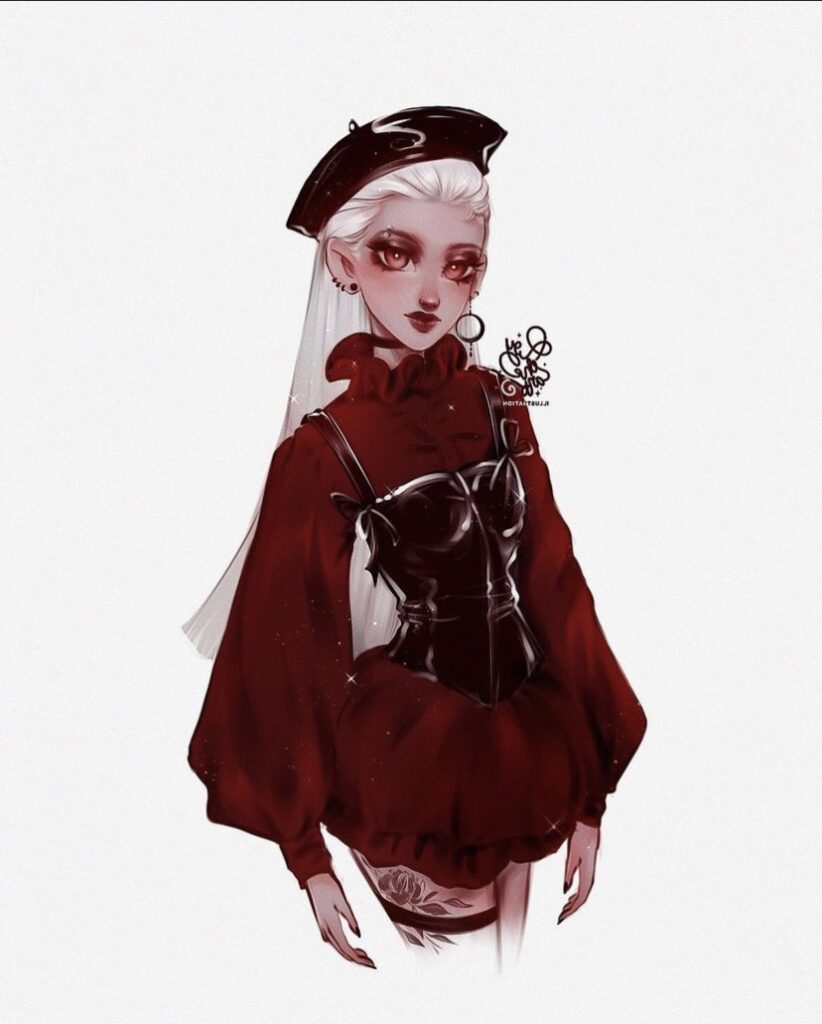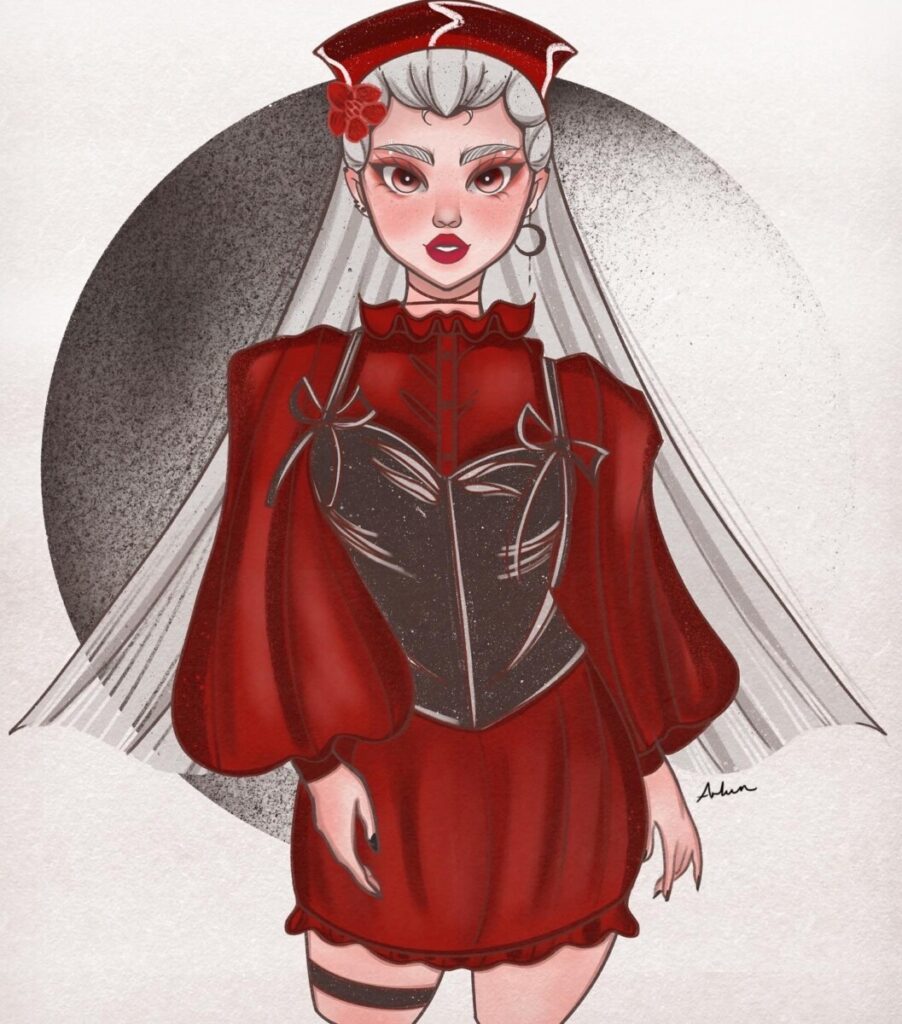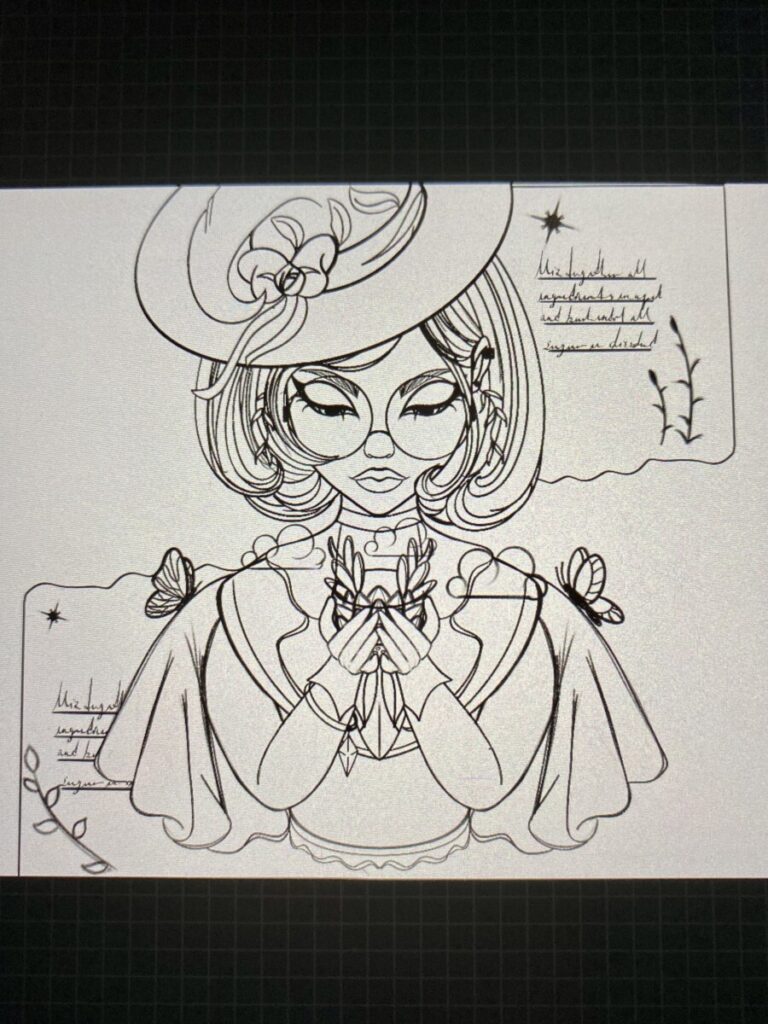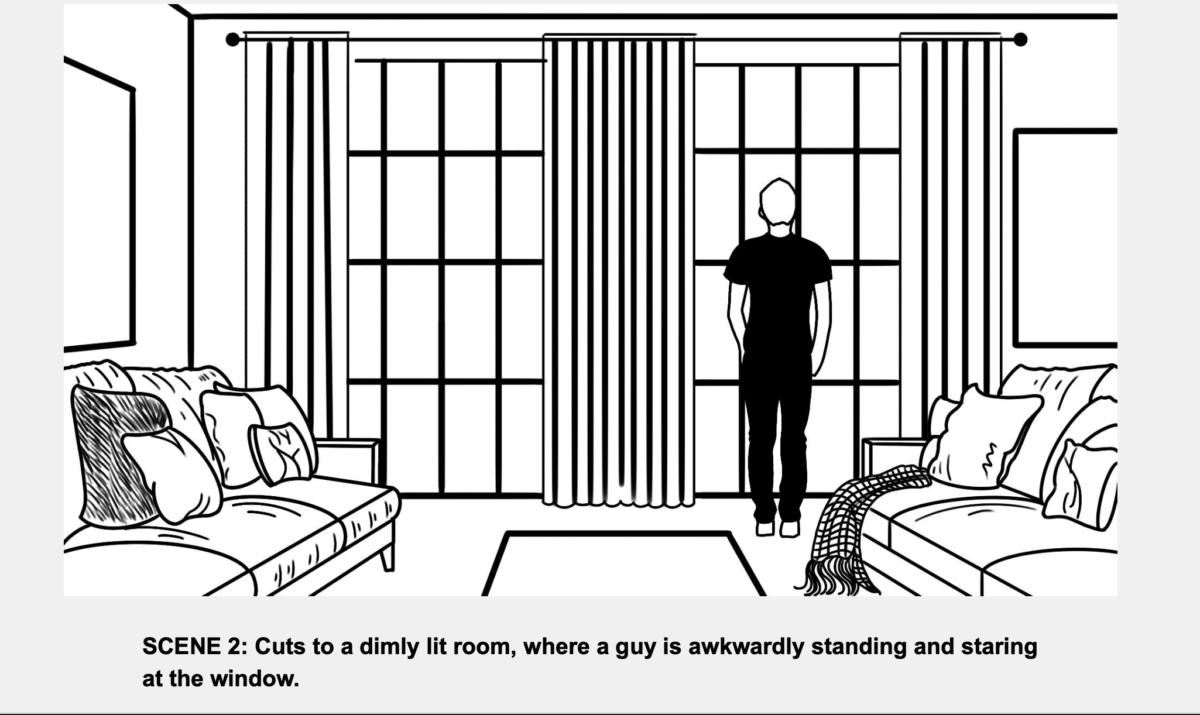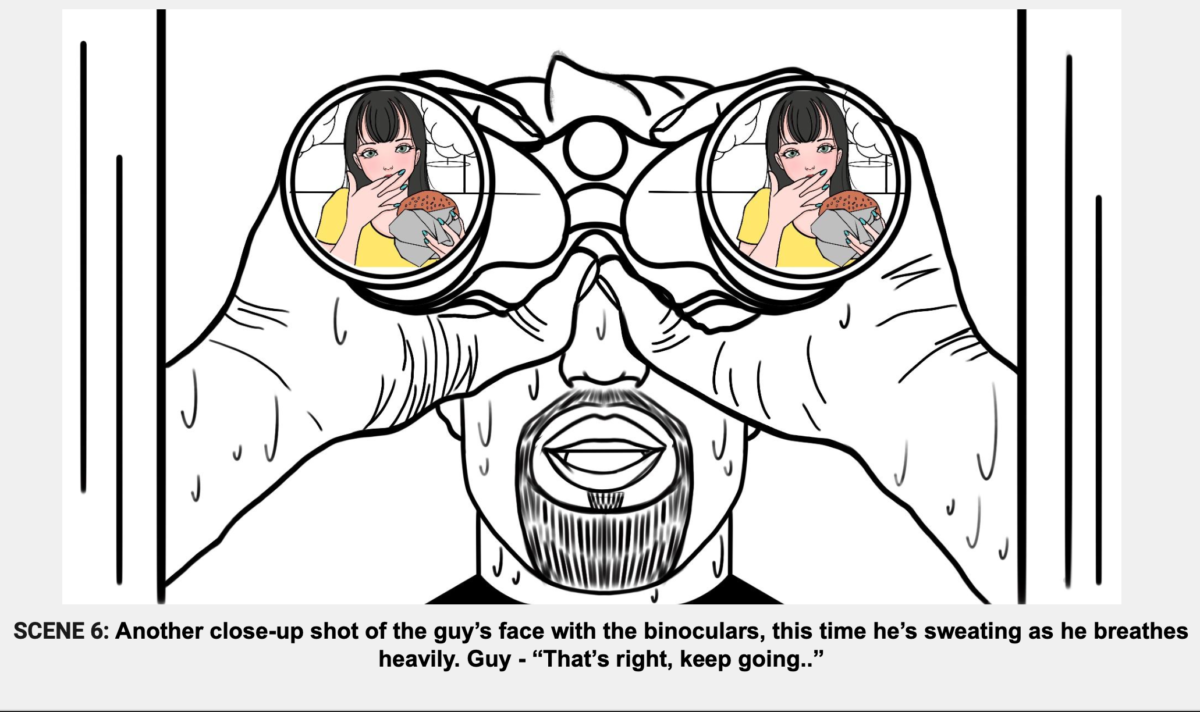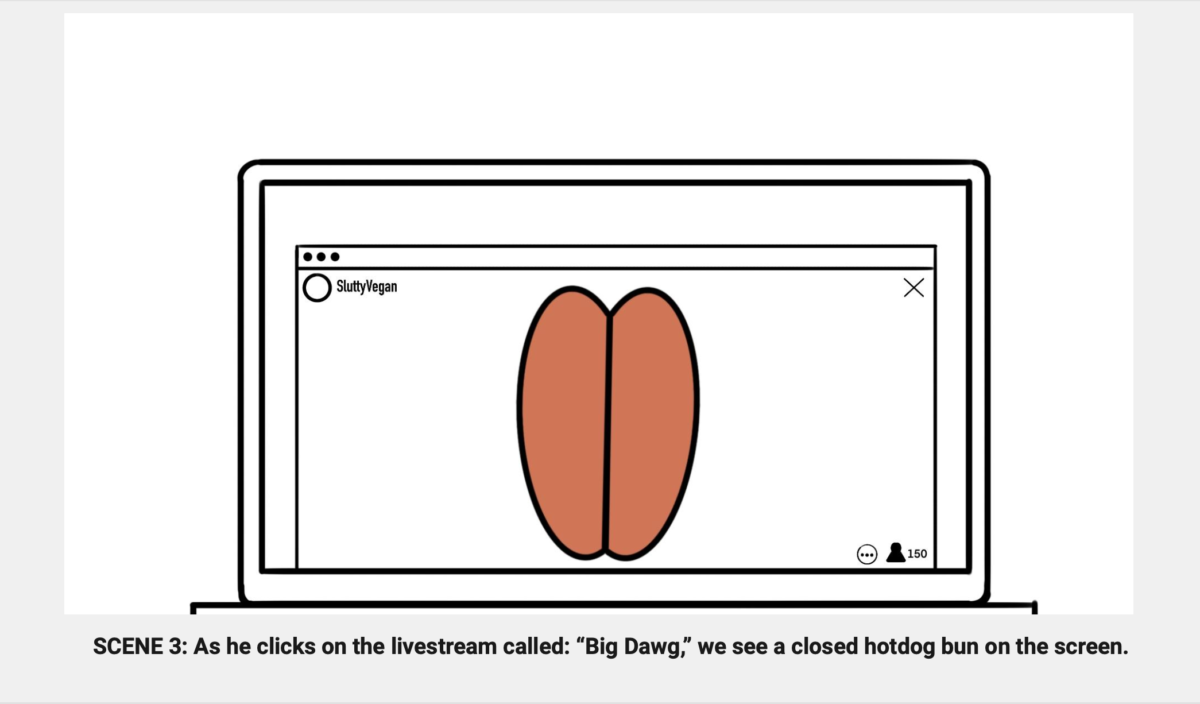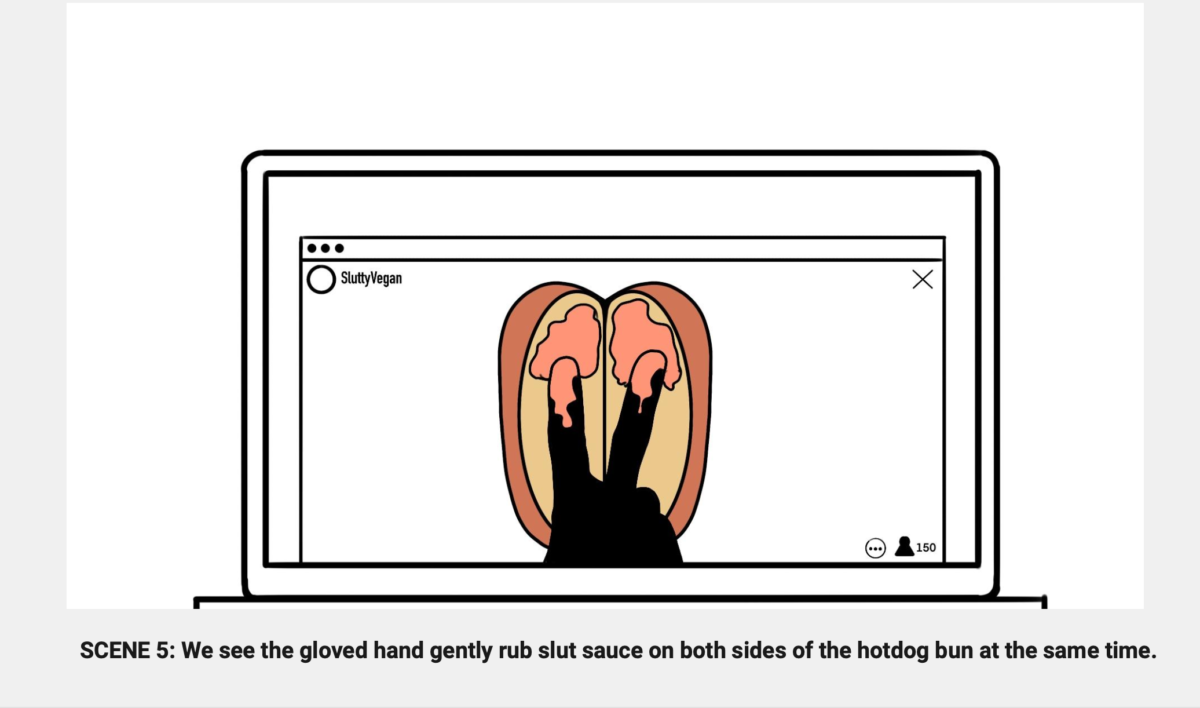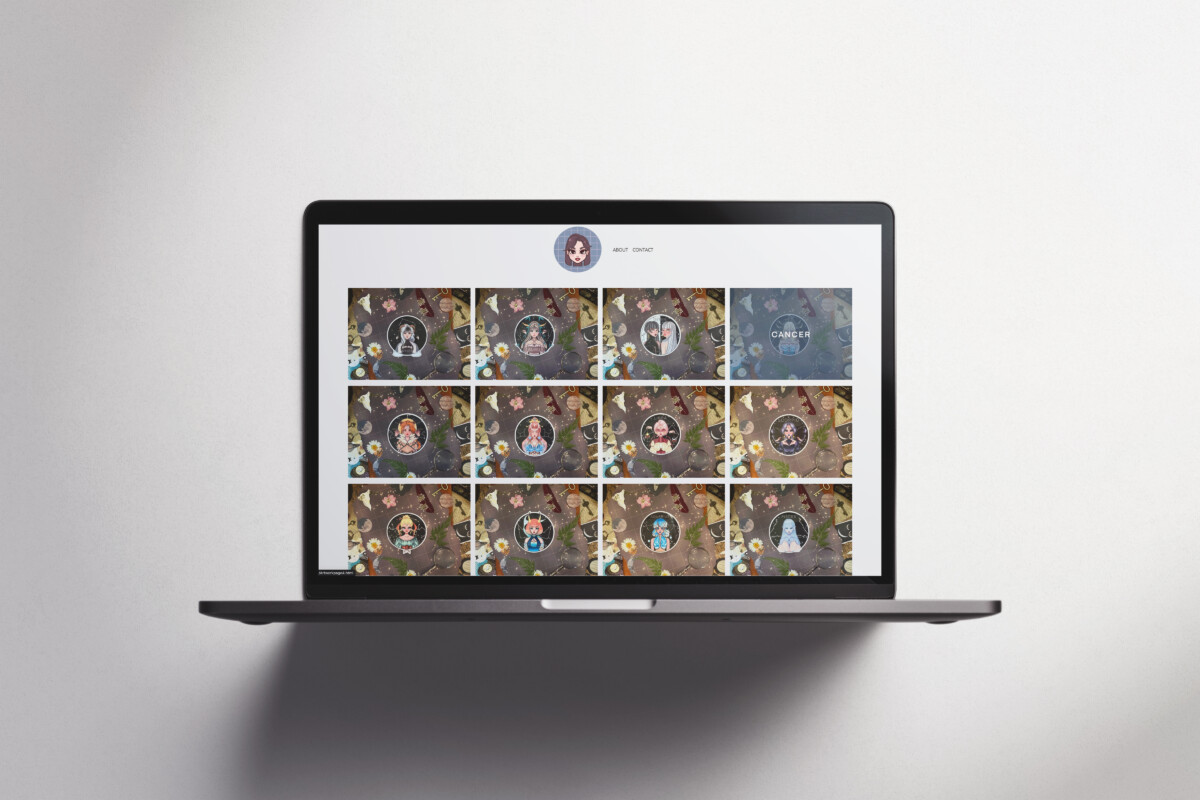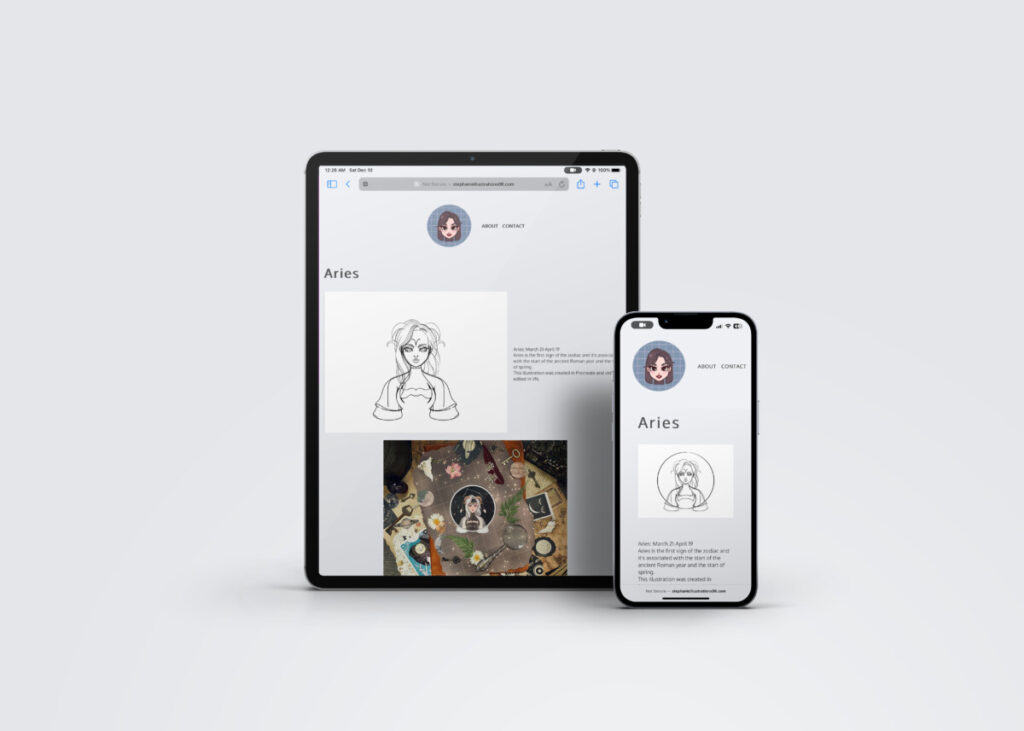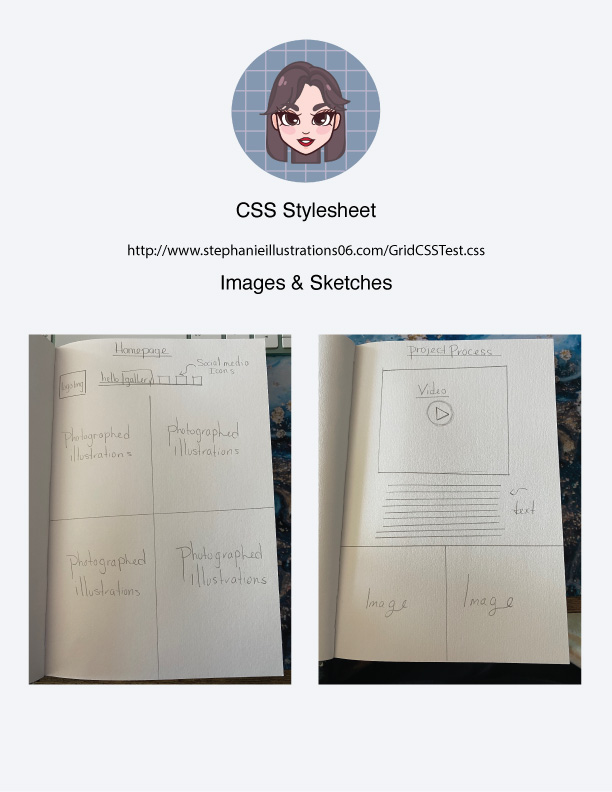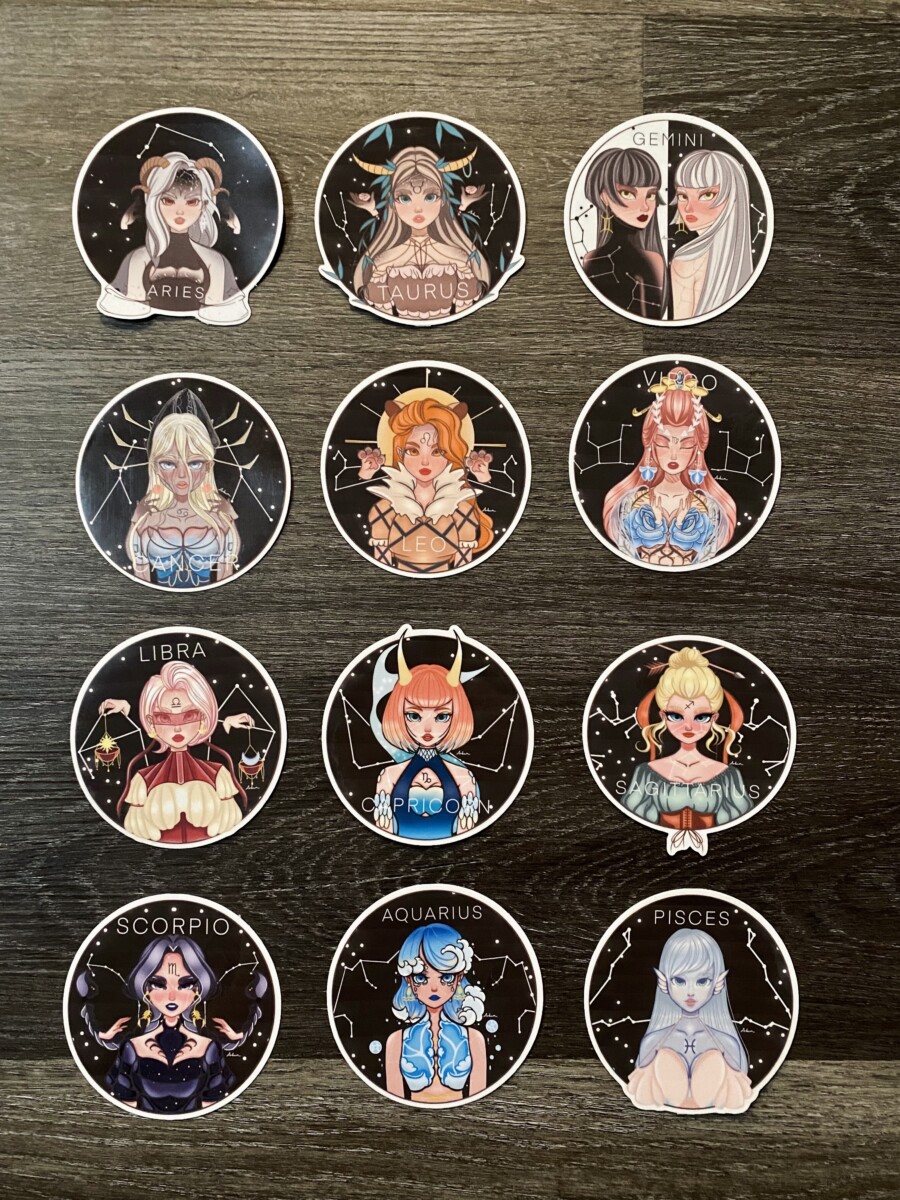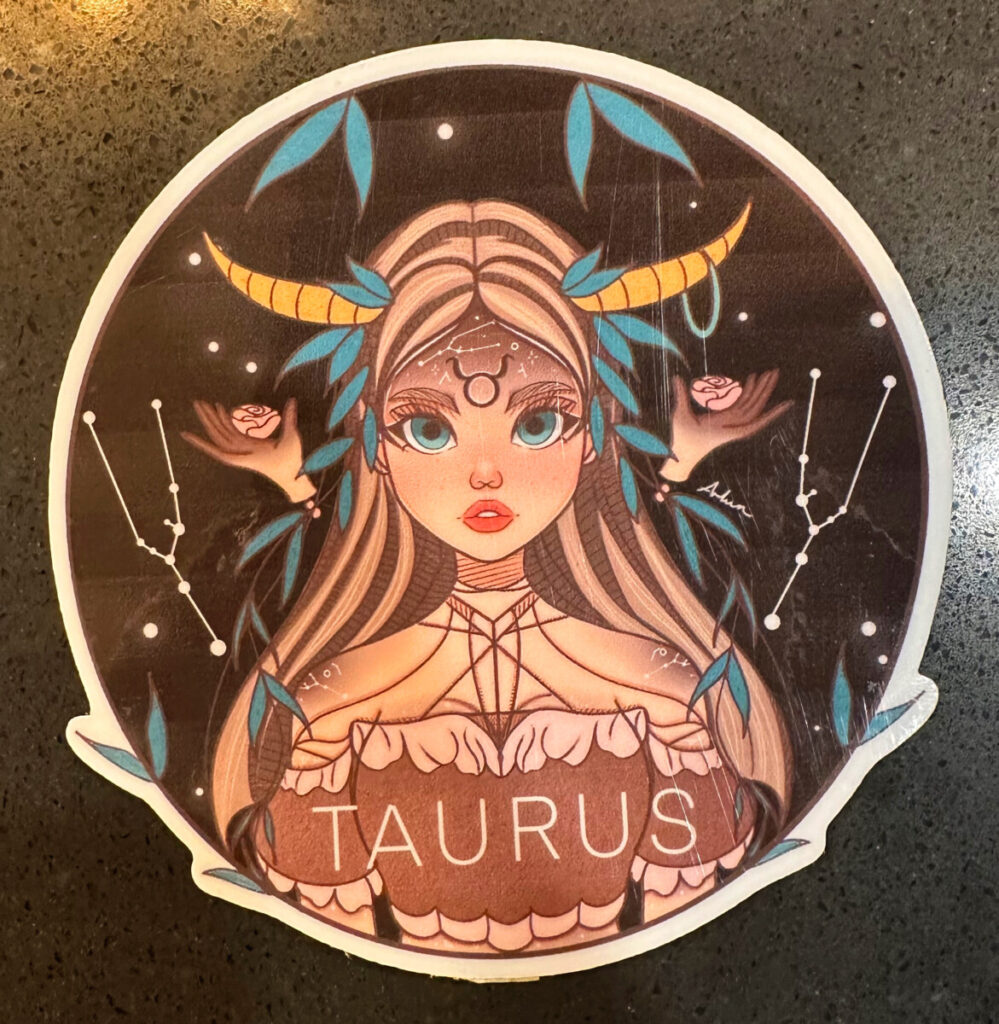
1A. Ethics holds immense significance in the design community for multiple reasons. Firstly, ethical considerations are crucial to prioritize user well-being. Designers can shape people’s experiences with products, services, and technology. By incorporating ethical practices, designers can ensure their designs prioritize user safety, satisfaction, and overall well-being. They must consider their creations’ potential impact on individuals and society.
In my internship, we focused on Advertising and marketing. It involves incorporating ethical considerations throughout the entire design process, from initial concept development to the final execution of a project. It starts with research and analysis of the project’s context, target audience, and stakeholders. Designers take the time to understand the social, cultural, and environmental factors that may impact their work.
In the article “Ethical Issues in the Graphic Design Business,” In graphic design education, the focus is often on teaching the technical aspects of the profession, including software skills, design elements, and principles. However, it is essential to recognize that graphic design goes beyond mere creativity and producing aesthetically pleasing designs. A crucial aspect of graphic design lies in considering the intended audience for the design.
Then designers establish principles that will guide their decision-making throughout the project. This framework may include considerations such as honesty, transparency, inclusivity, social responsibility, and respect for privacy. The ethical framework is a compass to ensure the design aligns with ethical standards.
Once designers have a good sense of what the company and brand are trying to accomplish, they generate ideas and concepts that align with their ethical framework. They consider different design choices’ potential social, cultural, and environmental impacts.
Designers aim to create solutions that are not only visually appealing but also responsible and beneficial to users and society. According to the AIGA guidebook A Client’s Guide To Design, “The purpose of the brief is to get everyone started with a common understanding of what’s to be accomplished. It gives direction and serves as a benchmark against which to test concepts and execution as you move through a project.”
The client will provide us with a brand guide, and it serves as a valuable resource to ensure that the brand’s visual and verbal identity is presented consistently and effectively. It’s essential to keep the brand’s identity consistent. That’s why when it comes to logo usage, a detailed guideline is provided to the designer on how to use the logo, including variations, sizes, clear space, placement, acceptable color variations, and specific improper usage or alteration to avoid.
As for imagery and photography, there should be instructions on the types of images and photography that align with the brand’s aesthetic. The AIGA guidebook The Use of Photography states, “It is essential to decide whether the designer or the client will contract with the photographer since the contracting party will be liable for any money owed to the photographer.”
References:
- “Ethical Issues in the Graphic Design Business.” The Design, Photo and Apple Geek, 7 Sept. 2011, dpageek.wordpress.com/2011/09/07/ethical-issues-in-the-graphic-design-business/.
- Richard, Grefe. “A Client’s Guide to Design: How to Get the Most Out of the Process” AIGA. PDF. New York City, 2001
- Richard, Grefe. “Use of Photography” AIGA. PDF. New York City, 2001
1B. When a client and designer collaborate on a project, a non-disclosure agreement(NDA) is sometimes involved. It keeps shared information confidential. It prevents the information from being shared with others without permission. The NDA protects the sensitive and private details exchanged between the parties involved in their working relationship.
During my internship, we had to sign a form/contract to ensure participation. One specific part of the form explains the media agreement. We agree to maintain the confidential information of the organization. All activities and reporting conducted while we are associated with the organization must be mentioned and credited in all media presentations, including but not specific to written articles, television, or film. We agree to provide the organization with copies of any pictures taken at the Organization related events or meetings. Lastly, we agree to post photos, videos, or writing on the internet that is Organization-related (including Facebook and personal blogs) with permission of the organization. This does not include sharing or linking media content that originated from the organization (e.g., sharing the Organization’s Facebook post/photo.)
References:
- Richard, Grefe. “A Client’s Guide to Design: How to Get the Most Out of the Process” AIGA. PDF. New York City, 2001
- “Non Disclosure Agreement.” Scribd, www.scribd.com/document/91894008/Non-Disclosure-Agreement. Accessed 8 June 2023.






